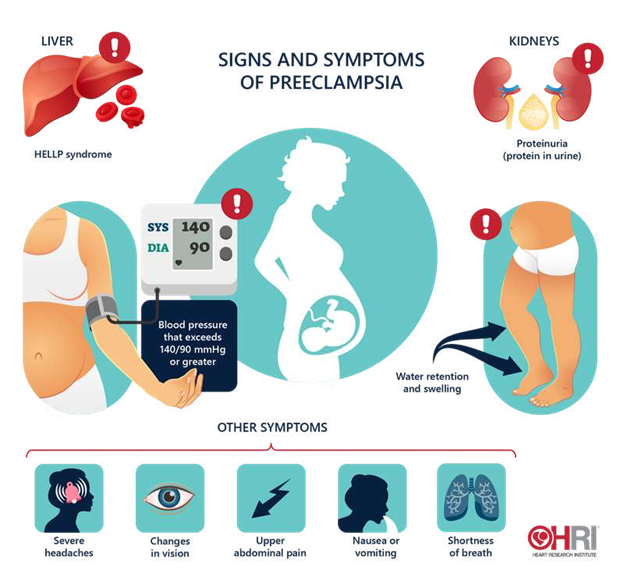A nurse is collecting data from a client who has recently stopped smoking.
Which of the following findings should the nurse recognize as a manifestation of acute nicotine withdrawal?
Tachycardia.
Nervousness.
Weight loss.
Vomiting.
The Correct Answer is B
It occurs because nicotine stimulates the release of dopamine, a neurotransmitter that regulates mood and pleasure. When nicotine intake is stopped, dopamine levels drop and cause anxiety and irritability.
Choice A is wrong because tachycardia, or rapid heart rate, is not a symptom of nicotine withdrawal. In fact, smoking can increase blood pressure and heart rate, so quitting smoking may lower them.
Choice C is wrong because weight loss is not a symptom of nicotine withdrawal. On the contrary, weight gain is more likely to occur after quitting smoking, because nicotine suppresses appetite and increases metabolism.
Choice D is wrong because vomiting is not a symptom of nicotine withdrawal. Vomiting may be a side effect of some nicotine replacement therapies, such as patches or gum, but it is not caused by the lack of nicotine itself.
Nursing Test Bank
Naxlex Comprehensive Predictor Exams
Related Questions
Correct Answer is C
Explanation
This can be a sign of preeclampsia, a serious complication of pregnancy that causes high blood pressure and proteinuria.

The nurse should report this finding to the provider and monitor the client’s blood pressure, urine protein, and reflexes.
Choice A is wrong because leg cramps are a common discomfort during pregnancy and are not usually a sign of a complication.
Choice B is wrong because ptyalism, or excessive salivation, is a normal physiological change during pregnancy and does not indicate a problem.
Choice D is wrong because melasma, or darkening of the skin on the face, is also a normal physiological change during pregnancy and does not pose a risk to the mother or the fetus.
Correct Answer is A
Explanation
Contact information for a community mental health center. A community mental health center can provide ongoing outpatient care and support services for a client who has schizophrenia after discharge from an inpatient unit. A community mental health center can also help the client access other resources such as medication, housing, and vocational training.
Choice B is wrong because a list of primary prevention activities is not relevant for a client who already has schizophrenia. Primary prevention aims to prevent the occurrence of a disease or disorder in the first place.
Choice C is wrong because contact information for enrollment in a 12-step program is not appropriate for a client who has schizophrenia unless they also have a substance use disorder. A 12-step program is a self-help group that follows a set of principles to achieve and maintain sobriety.
Choice D is wrong because a referral for respite care services is not necessary for a client who has schizophrenia unless they also have a caregiver who needs temporary relief from their caregiving duties. Respite care services provide short-term care for clients who are dependent on others for their daily needs.
Whether you are a student looking to ace your exams or a practicing nurse seeking to enhance your expertise , our nursing education contents will empower you with the confidence and competence to make a difference in the lives of patients and become a respected leader in the healthcare field.
Visit Naxlex, invest in your future and unlock endless possibilities with our unparalleled nursing education contents today
Report Wrong Answer on the Current Question
Do you disagree with the answer? If yes, what is your expected answer? Explain.
Kindly be descriptive with the issue you are facing.
